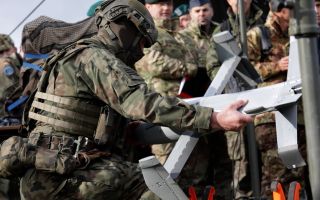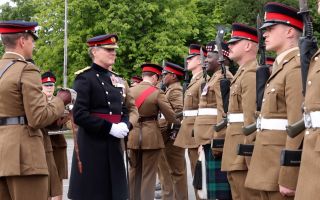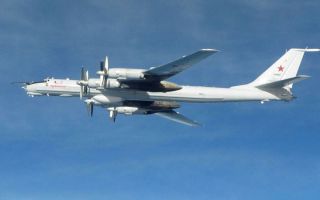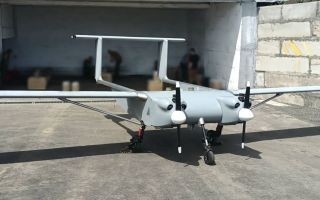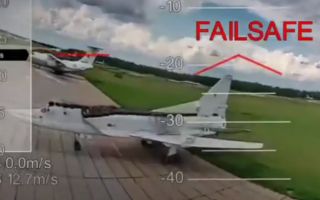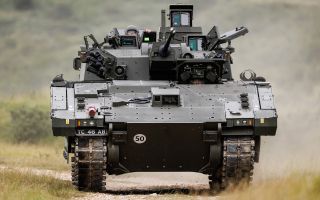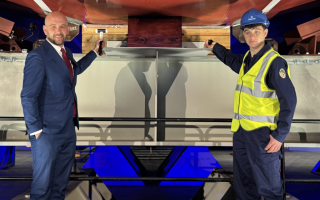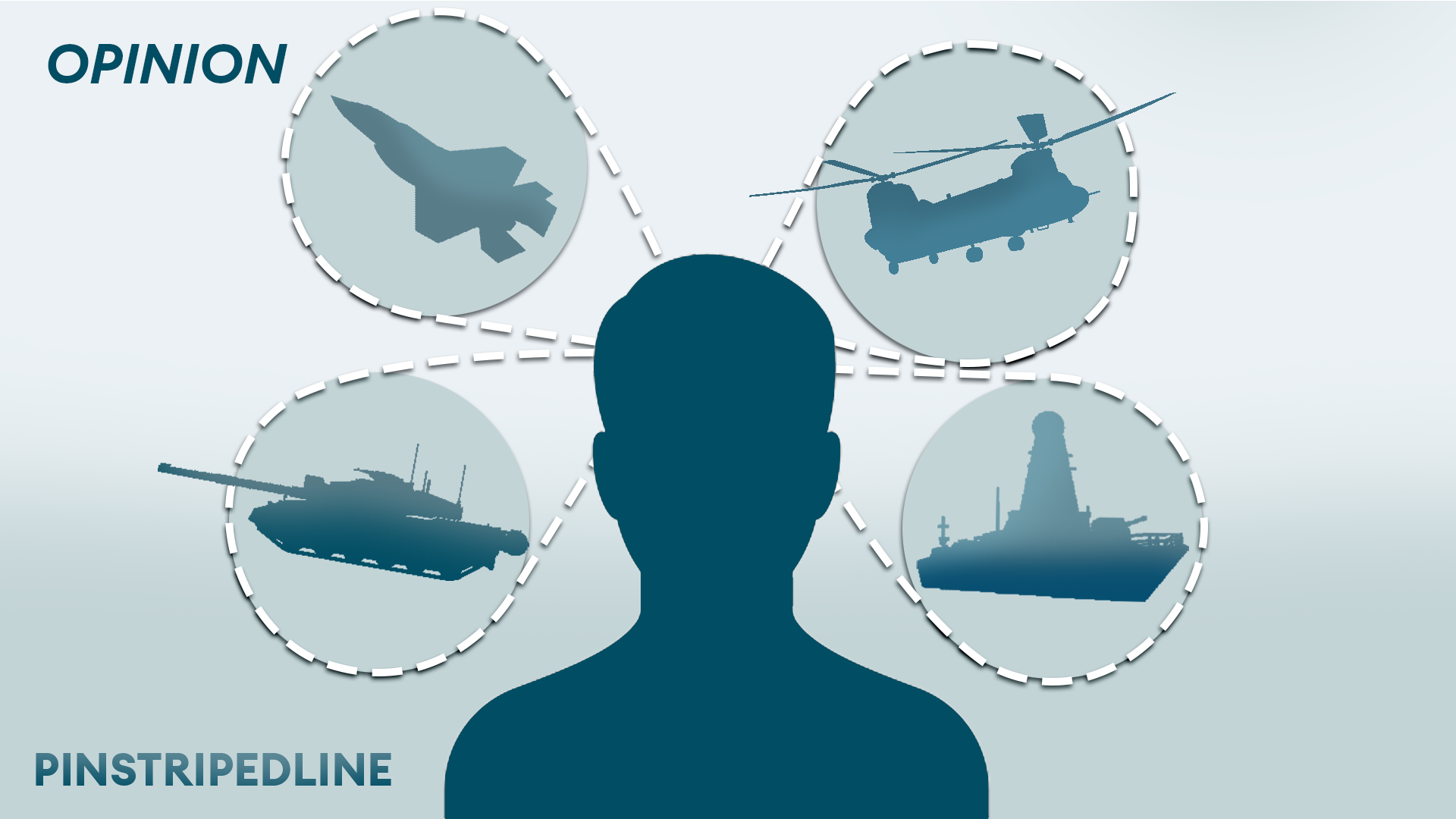
Nuclear-capable F-35As will be heading to the UK - but what roles will they fill?

The Royal Air Force will acquire 12 new F-35A model jets, capable of carrying air-launched tactical nuclear weapons.
The UK will in turn participate in the Nato tactical nuclear mission, providing aircraft to launch US-made and owned nuclear weapons, marking the first time the RAF has had an air dropped nuclear capability in 30 years.
Previously the procurement plan was that the UK would only order the F-35B, operating it as both a Royal Navy and RAF asset and deploying the jet from both land and sea locations.
There are 48 F-35Bs (the vertical take-off version) on order, against a planned total of 138 aircraft, currently split across three units (two front line units and a training squadron), based at RAF Marham and operating globally.
For example, there are at least 18 jets deployed on board HMS Prince of Wales, currently in Singapore, as part of the 2025 Carrier Strike Group deployment.
Under the new plan the next batch of 27 will comprise 12 F-35As and 15 F-35Bs, to be delivered over the next eight years.
This gives the UK 74 jets (one is to replace a crashed jet) in service by 2033, with more orders likely to follow.
What does the new move mean though?
The F-35A is going to be used as the Operational Conversion Unit (OCU) jet.
This means it will form a dedicated training squadron to get pilots ready for frontline service on the F-35B.
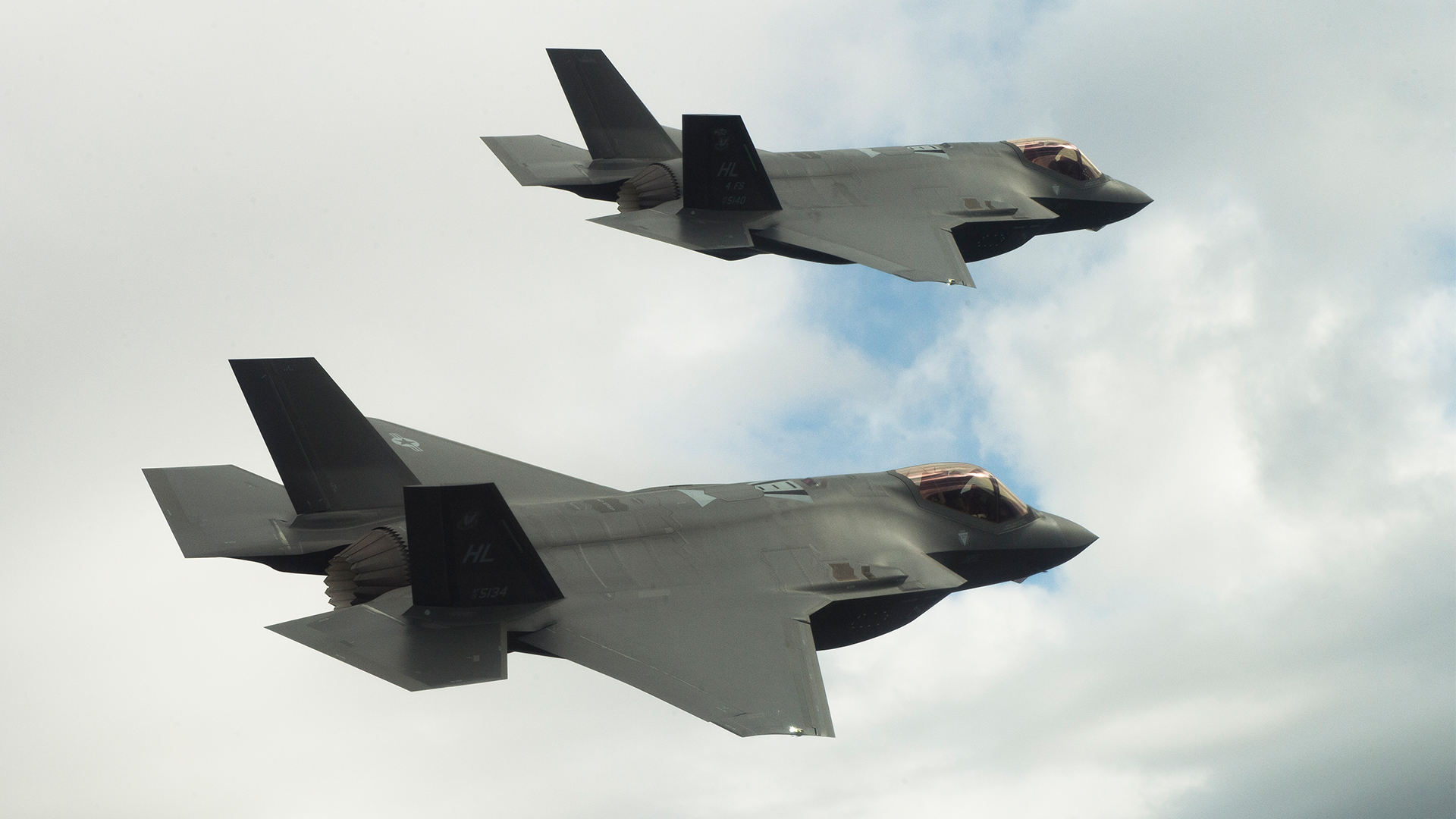
There is an enormous similarity between the two jets, but the F-35A has longer range and is cheaper to operate.
This means that for training purposes, it's a much better platform to use as it will help train pilots faster and frees up the F-35B airframes for use on the frontline.
It's often forgotten that every military aircraft fleet needs a training and support unit - and this can take up a big proportion of the available force.
It will be a much cheaper and more effective way of increasing pilot numbers.
For the Royal Navy this is a good outcome - freeing up the F-35B jets in the OCU helps provide extra jets for the carrier, which in turn will increase their ability to deploy larger air wings for both ships and to sustain a smaller air wing for a longer period alongside other commitments.
Overall, this is a very sensible move that will provide a cost-effective way to increase the frontline F-35 force at lower cost than buying an all F-35B fleet.
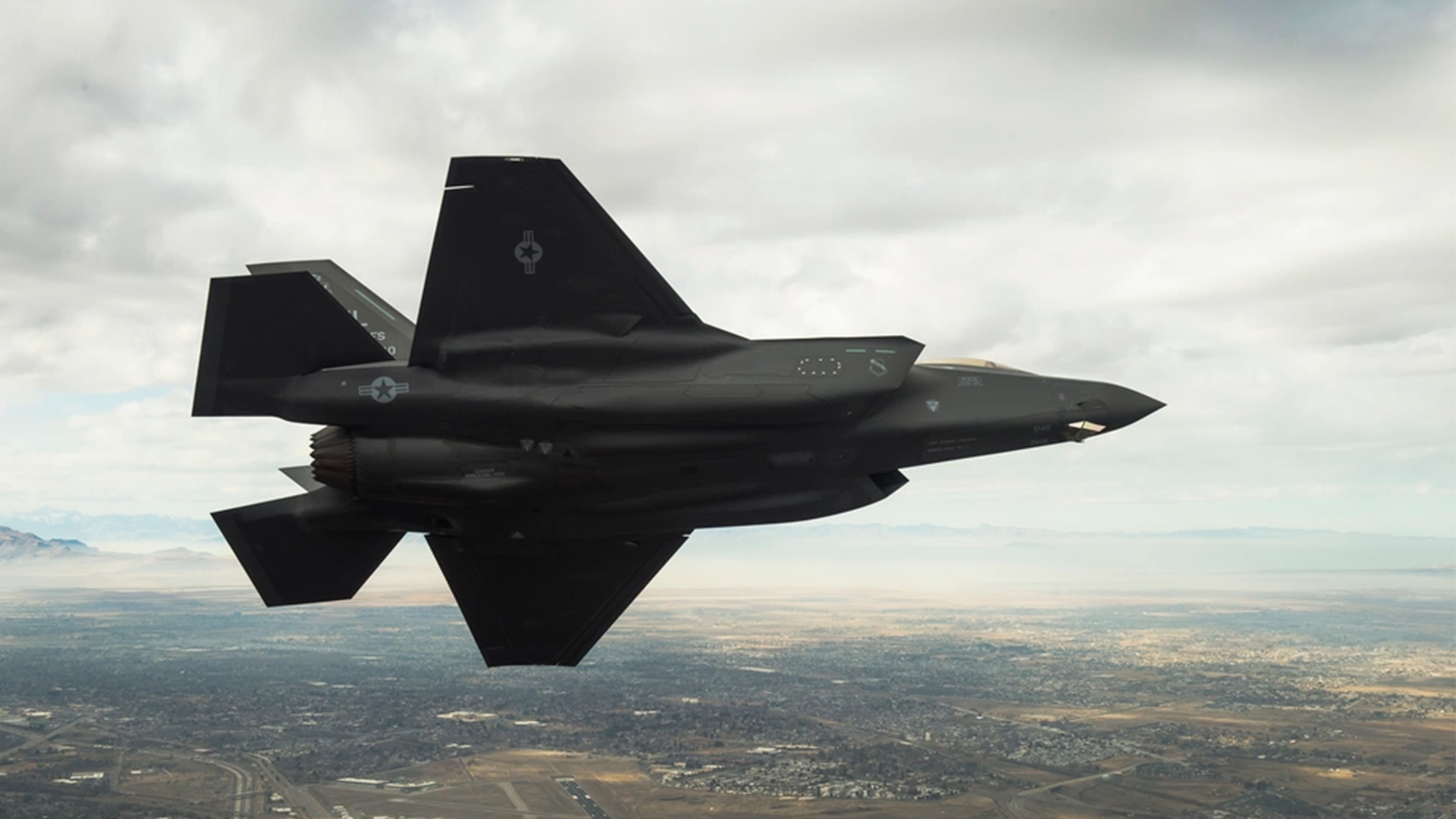
The big question is how much time and resource will be dedicated to the nuclear mission?
During the Cold War the UK maintained a major commitment to Nato to provide tactical nuclear weapons launched from RAF aircraft such as the Canberra, Jaguar and Tornado.
This included the WE177 nuclear bomb, decommissioned without replacement to save money after the Cold War ended.
Since that point, the UK has relied on its Trident submarine force to provide both strategic and sub strategic weapons.
The move to return to an air-launched role marks a major shift in policy and could pose real operational challenges.
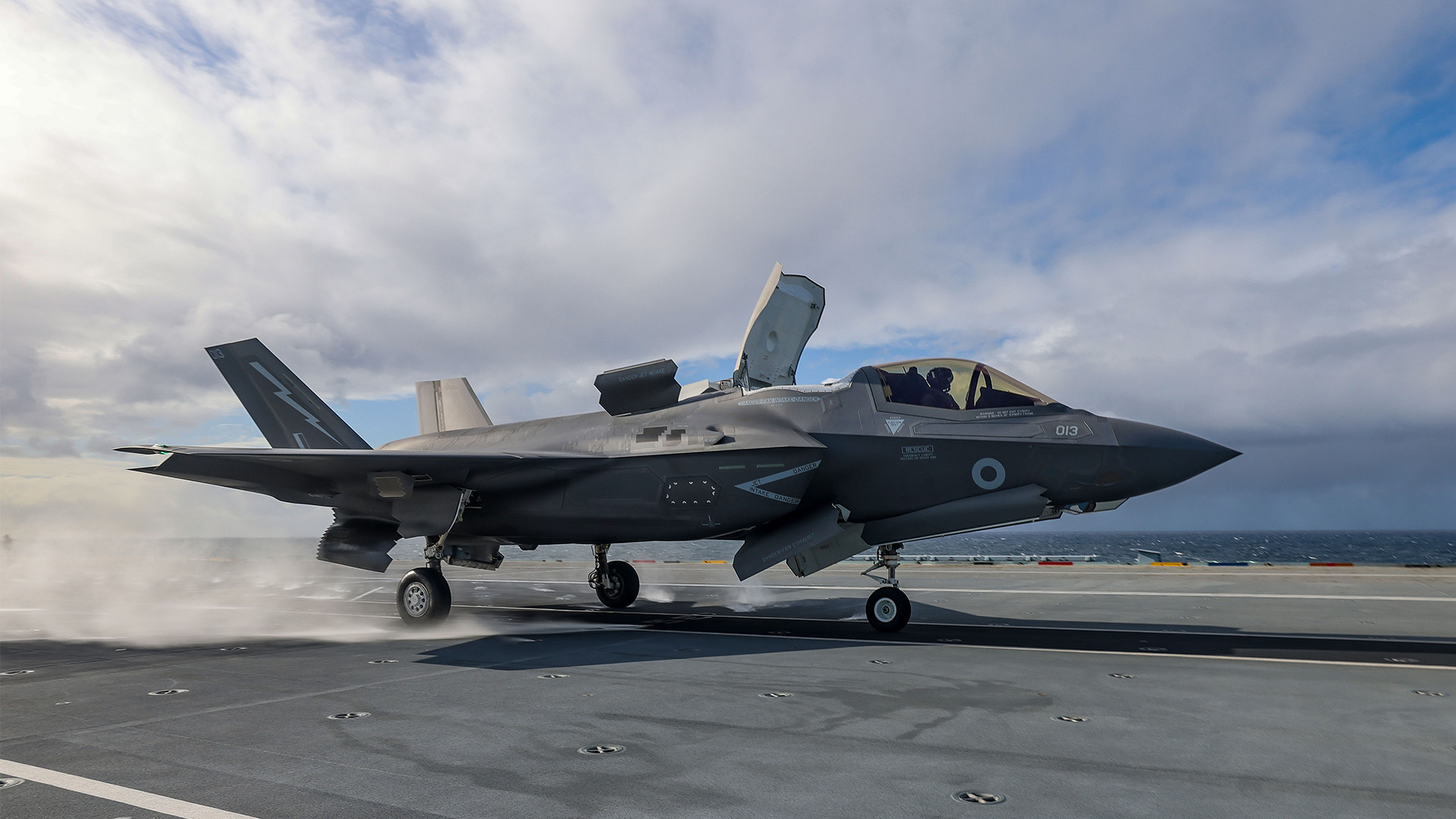
When the RAF operated air-launched nuclear weapons, preparing a squadron for nuclear duties was an exhaustive process, requiring months of training for the crews and regular assurance exercises to ensure that they could safely carry out the nuclear mission.
From the safe storage of the warhead in hardened vaults, to safely loading the weapon onto the aircraft and then flying a mission to drop a nuclear bomb, the tactical nuclear mission was challenging and involved RAF Police, RAF Regiment and other force protection assets, as well as the engineers and support teams to make the mission happen.
This is a truly complex process and will potentially require major investment in people and infrastructure to safely and securely operate the F-35A in the tactical nuclear mission.
The UK will make use of the B61 nuclear bomb, which is a US-owned and designed weapon.
Under current Nato procedures, the US retains custody of the devices in peacetime and hands them over to the ally flying the mission when required.
This is a long-standing arrangement and many Nato partners such as Germany, the Netherlands and Italy all operate under these conditions.
The UK possesses the legacy facilities at RAF Marham (home of the F-35 force) to store the weapons, but it may be easier to draw on US stocks likely to be held at RAF Lakenheath.
How would a nuclear mission work?
This will raise some questions though about how the nuclear mission would be flown in wartime.
There have been concerns that the aircraft are not compatible with current RAF refuelling tankers, as they use a different way of air-to-air refuelling.
While this is true, it is worth remembering that the jets are unlikely to need this refuelling capability in peacetime due to their focus on being training aircraft.
In wartime, were they to carry out the nuclear strike mission, then it is certain that appropriate Nato tanker aircraft could provide refuelling if it was needed.
Some people may be concerned that the UK will not possess its own nuclear weapon and that it will be reliant on US approval to use them.
This is understandable, but is not a real issue.
In fact, during the Cold War the UK made regular use of US-provided freefall nuclear weapons, particularly nuclear depth charges and freefall nuclear bombs for the RAF Canberra force.
Using the B61 in this way is no different to decades of prior joint nuclear operations with the US within a Nato framework.
Reliance on US-made bombs for the F-35A
The nuclear mission would only be flown as part of a Nato operation, which in turn can only be approved by a decision from all Nato member states, not just the United States.
The UK contribution is not intended to replace the existing British independent nuclear deterrent, so in the exceptionally unlikely scenario of the UK wanting to fire a nuclear weapon outside of a Nato conflict, the Trident missile system provides the Prime Minister with both a tactical and strategic nuclear capability.
The final concern that may be raised is why rely on a US bomb and not a UK one?
The UK chose back in the 1990s to scrap its freefall bomb and not to invest in a replacement warhead.
This means any UK design would need to be developed from scratch and would cost billions to develop (the new Trident warhead is estimated to cost £15bn).
The F-35A isn't cleared to carry any other nuclear weapons and it would take many years to carry out the necessary work to integrate a UK-designed weapon onto the aircraft.
It is vastly cheaper and just as effective to participate in the wider Nato nuclear mission than it is to go it alone.
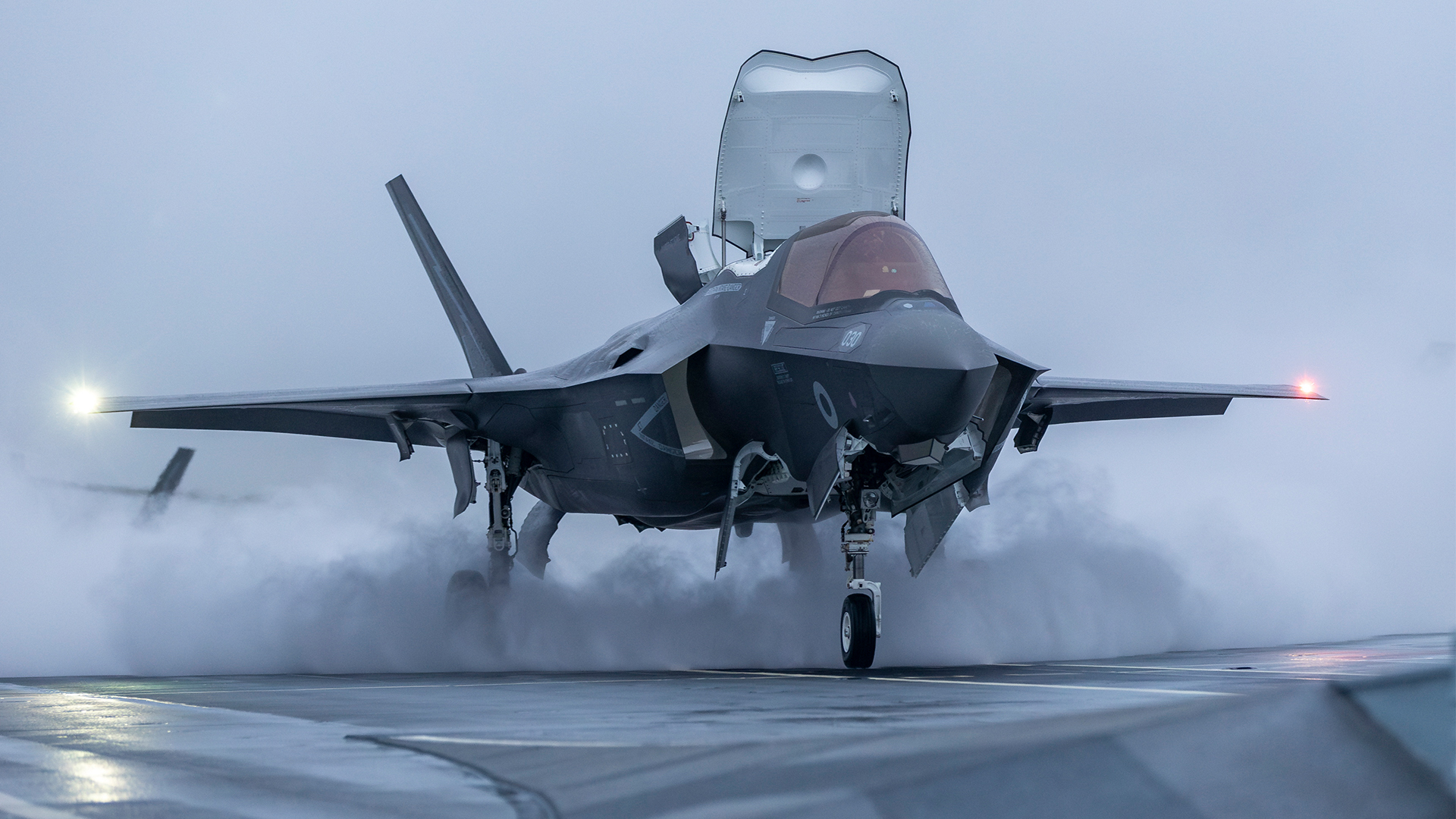
This decision seems to be a sensible one, intended to primarily increase the number of frontline F-35Bs for the Royal Navy, while in turn providing a very limited tactical nuclear capability as a secondary war role.
Over time, the RAF may purchase more F-35As, as the MOD is clear that the future force mixture remains to be decided - it could be that within the limit of 138 aircraft, in time there will be a near 50/50 split between the two jet types to provide both carrier strike and longer ranged bombing capability.
This, coupled with the existing upgrades to the Typhoon and the development of the Tempest seems to herald a very exciting time ahead for the future of the RAF and Royal Navy fast jet force.
@PinstripedLine is an esteemed defence and security blogger, providing expert insight and analysis.

